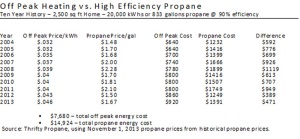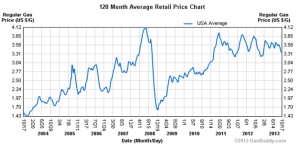Scammers continue to target electric cooperative members in several states, using a variety of schemes including one where a man looks like he might work at the co-op.
That’s occurring in Paintsville, Ky.-based Big Sandy RECC’s service area, where officials say someone has been approaching members, requesting money under threat of disconnection.
“He’s dressed like a utility worker,” said David Estepp, president and general manager of Big Sandy RECC. “He’s driving a vehicle that looks similar to our vehicles. It does not have our emblem or our name on it, but if somebody is not paying attention they could be deceived.”
Estepp said co-op members who were approached knew they had paid their bills and didn’t give the man any money. Estepp also noted that his employees never collect money in the field, and he urged members to ask anyone claiming to work for the co-op to show identification.
In neighboring Tennessee, scammers posing as co-op employees have been calling both residential and business members, demanding immediate payment to avoid disconnection.
“The calls sound official,” said David Callis, executive vice president and general manager of the Tennessee Electric Cooperative Association. “They claim to be with the local electric cooperative, and many times the caller ID even displays the name of the utility.”
Callis said co-ops don’t operate that way. He urged members to hang up on such callers and then phone the co-op to tell them what happened.
“No one can protect you from being victimized better than you,” Callis said.
Credit card numbers are what an imposter is after in Colorado, where commercial members of La Plata Electric Association are being targeted.
“The caller apparently indicates that the businesses’ LPEA account is past due, and if payment is not made immediately by credit card, then the electricity would be disconnected,” said Steve Gregg, manager of operations at Durango-based LPEA.
The co-op first learned about the calls Christmas Eve, and Gregg said they know of at least four calls. “Chances are there have been many more attempts.”
In New Mexico, Taos-based Kit Carson Electric Cooperative said some members have been getting calls from a man claiming to be a co-op service representative named Mark Lopez. The caller threatens to turn off the electricity in 30 minutes unless the member makes an immediate payment using a prepaid money card.
Luis Reyes, Kit Carson CEO, urged his members to gather as much information as possible from the caller, and then phone the co-op, which is working with local law enforcement.
“Any information you can provide may help us stop the fraudulent activities that are occurring across New Mexico and other co-ops throughout the U.S.,” Reyes said.
This article has been republished with permission. Source: ECT.coop









